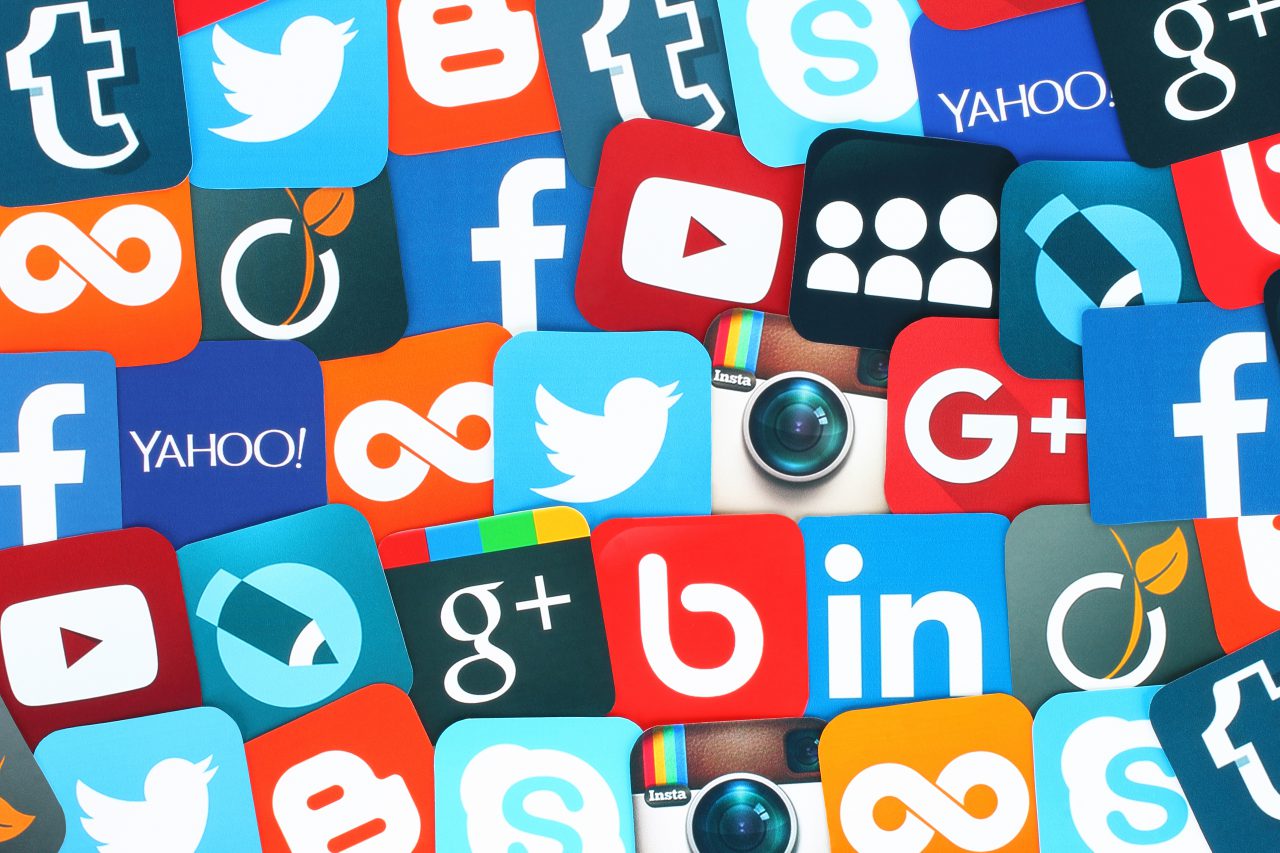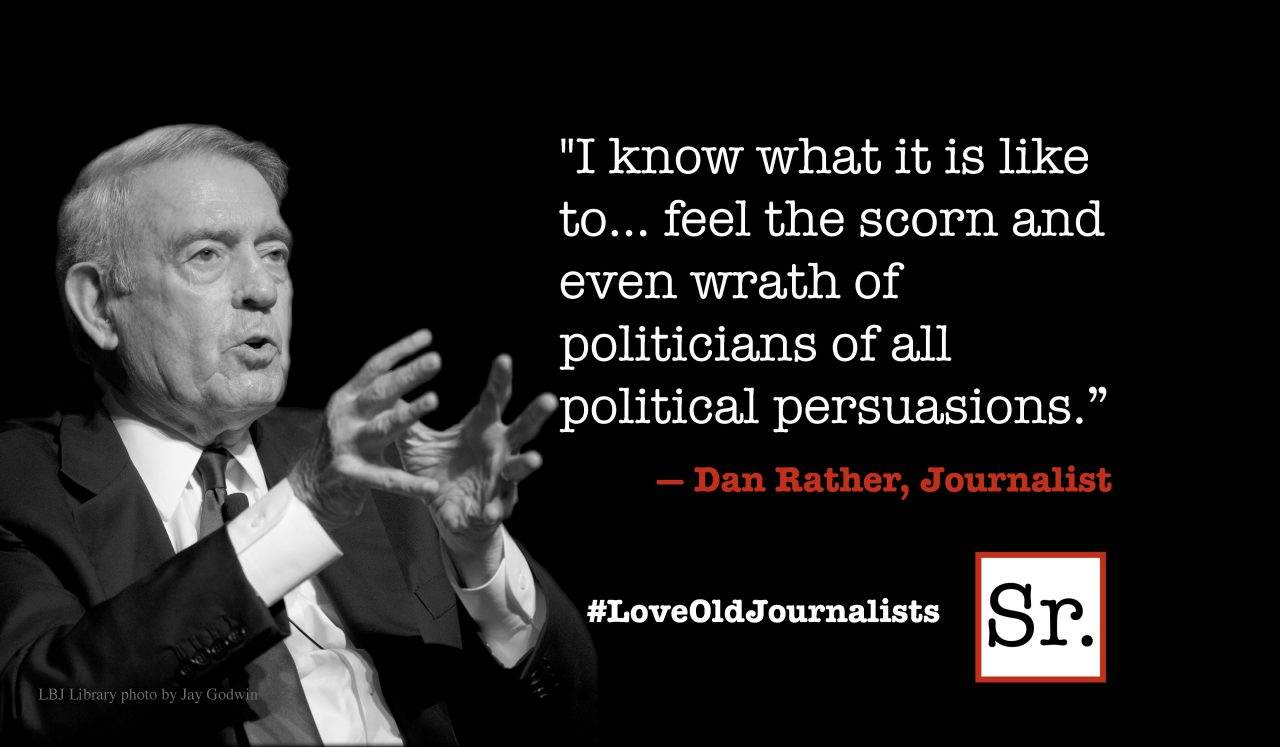Updated Jan. 12, 2017
“A lie gets halfway around the world before the truth has a chance to put its pants on.”
That observation is attributed to Winston Churchill, in whose time the telephone and the telegraph were the fastest means of communications. Adapted to today, the quote could be: a lie goes 10 times around the world via social media before fact-checking organizations and traditional media challenge its veracity. By that time, the lie has turned into truth in the minds of many.
Replayed over and over in the U.S. presidential election campaign, that sequence has become a global phenomenon and the subject of heated debate. “Post-truth” was chosen as the international word of 2016 by Oxford Dictionaries, which defined it as “denoting circumstances in which objective facts are less influential in shaping public opinion than appeal to emotion and personal belief.”
That definition helps explain why so many voters shrugged off demonstrably false statements by Donald Trump — from the crime rate of immigrants to thousands of American Muslims in New Jersey celebrating Sept. 11 — and helped him win the world’s most important office. He pushed emotional buttons and touched personal beliefs while his rival, Hillary Clinton, argued mostly on facts.
In the toxic atmosphere of the election campaign, lies and disinformation flourished. Websites producing fake news proliferated. Many of their stories were read and shared on Facebook, the social networking service from which 44 percent of the U.S. population now get news, according to a survey by the Pew Research Center. Facebook has 1.6 billion users, far more than other social media platforms, and is becoming one of the world’s most important sources of news, both real and entirely made-up.
The latter included a story that Clinton and her campaign manager, John Podesta, were running a child sex ring out of a Washington, D.C., pizzeria. The story sounded convincing enough to a 28-year-old man from North Carolina to drive to the capital, armed with an assault-style rifle, to rescue child sex slaves he thought were being held at the restaurant. He entered the place on Dec. 4, fired two shots, spent 45 minutes looking for the supposed captives, and gave himself up to the police.
The incident brought into sharp focus that fake news can have consequences that go beyond shaping opinion, the aim of most fabrications in political campaigns. They can prompt violence.
How big a role is fake news playing in digital, post-truth America? An analysis by Buzzfeed, a digital media company, provided an answer that makes one fear for the future of credible, factual news. In the 10 months leading to the presidential election, according to the analysis, the number of shares, likes and comments for the top 20 fake news articles on Facebook rose from three million to nine million.
The number of articles from established media outlets, such as the New York Times and the Washington Post, fell from 12 million in January to 7.3 million by election day. In other words, fake news on Facebook ended up dominating even though many items beggared belief, such as the one headlined “Ireland Is Now Officially Accepting Trump Refugees from America.” Or: “Pope Francis Shocks World, Endorses Donald Trump for President,” a story shared almost a million times.
The pontiff was not amused. In an interview with the Belgian Catholic weekly Tertio, he said that using communications for disinformation instead of educating the public amounted to a sin. Consumers of scandal-mongering items, he warned, risked “the sickness of coprophagia” — eating excrement.
Faced with criticism that the proliferation of fake news changed the tone of political discourse and may even have swayed the elections, Facebook CEO Mark Zuckerberg promised to slow the spread of fake news by flagging stories whose veracity has been disputed by independent fact-checkers and making it more difficult for fake news producers to profit from advertising.
How do fake news producers make money? “By masquerading as well-known news organizations and posting hoaxes to visit their sites, which are often mostly ads,” Adam Mosseri, a Facebook vice president, explained in a blog post in mid-December. Every click on an ad translates into a fraction of a penny and those fractions can add up to substantial sums.
It remains to be seen to what extent the barriers Facebook is putting up will throttle the flow of fake news. While significant numbers of news fakers appear to be purely profit-driven, others are not.
A recent study by the Foreign Policy Research Institute, a Philadelphia-based think tank founded during the Cold War, pointed to three groups involved in faking news during the election campaign: supporters of Donald Trump, profit-driven individuals aiming for advertising clicks, and Russia’s propaganda machine.
That assertion brings to mind the propaganda duels the United States and the Soviet Union fought during the Cold War, the tense and antagonistic relationship between the two superpowers that developed after World War II and lasted until the fall of the Berlin Wall in 1989. In the decades in between, Washington and Moscow preached their competing ideologies — capitalism and communism — to countries in their sphere of influence.
Similar duels of conflicting world views may return. The Countering Disinformation and Propaganda Act, included in the 2017 National Defense Authorization Act signed into law by President Obama just before the new year, provides for the establishment of an interagency center housed at the State Department “to coordinate and synchronize counter-propaganda efforts throughout the U.S. government."
A press release by the two Senators who introduced the bill — Rob Portman (R-OH) and Chris Murphy (D-CT) — described the measure as a “big step in fighting back against fake news and propaganda from countries like Russia.”
Cold War 2.0?









